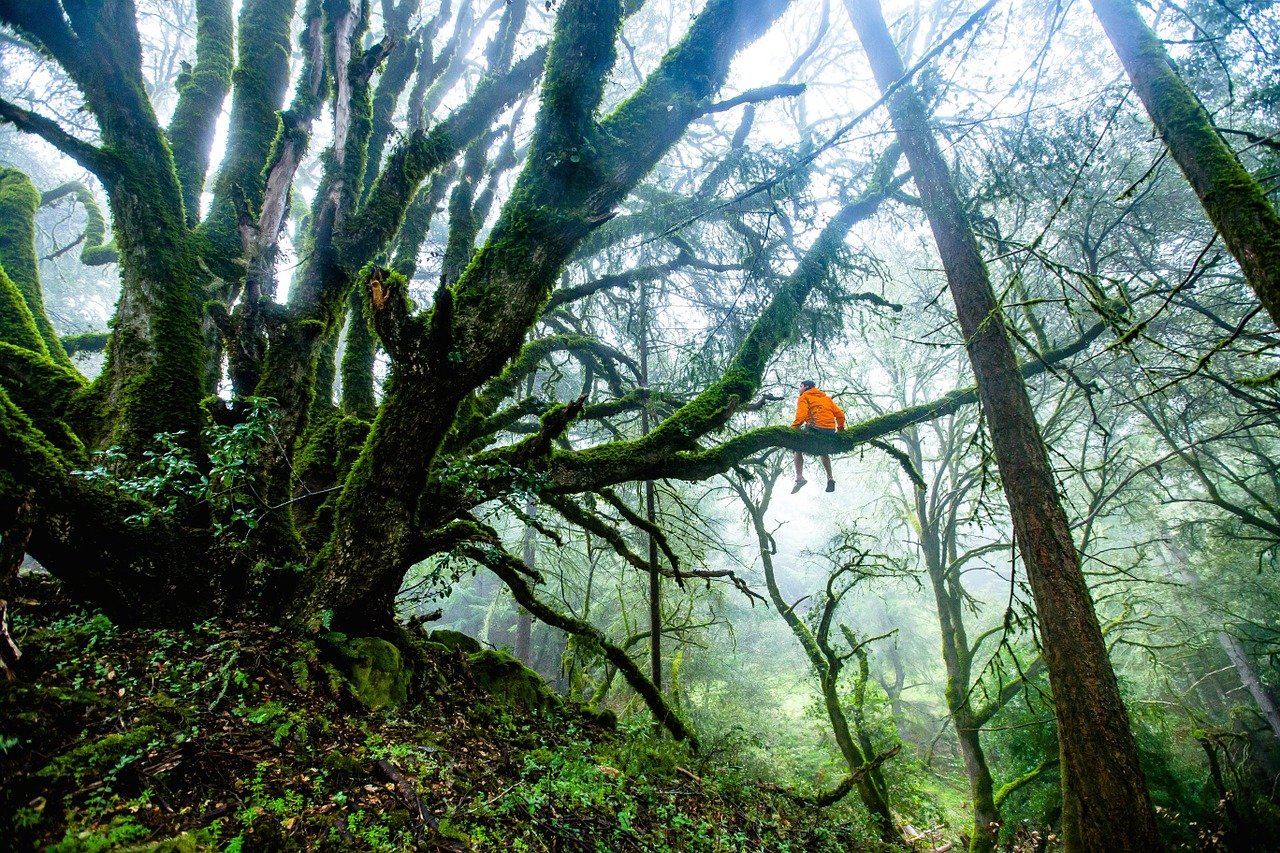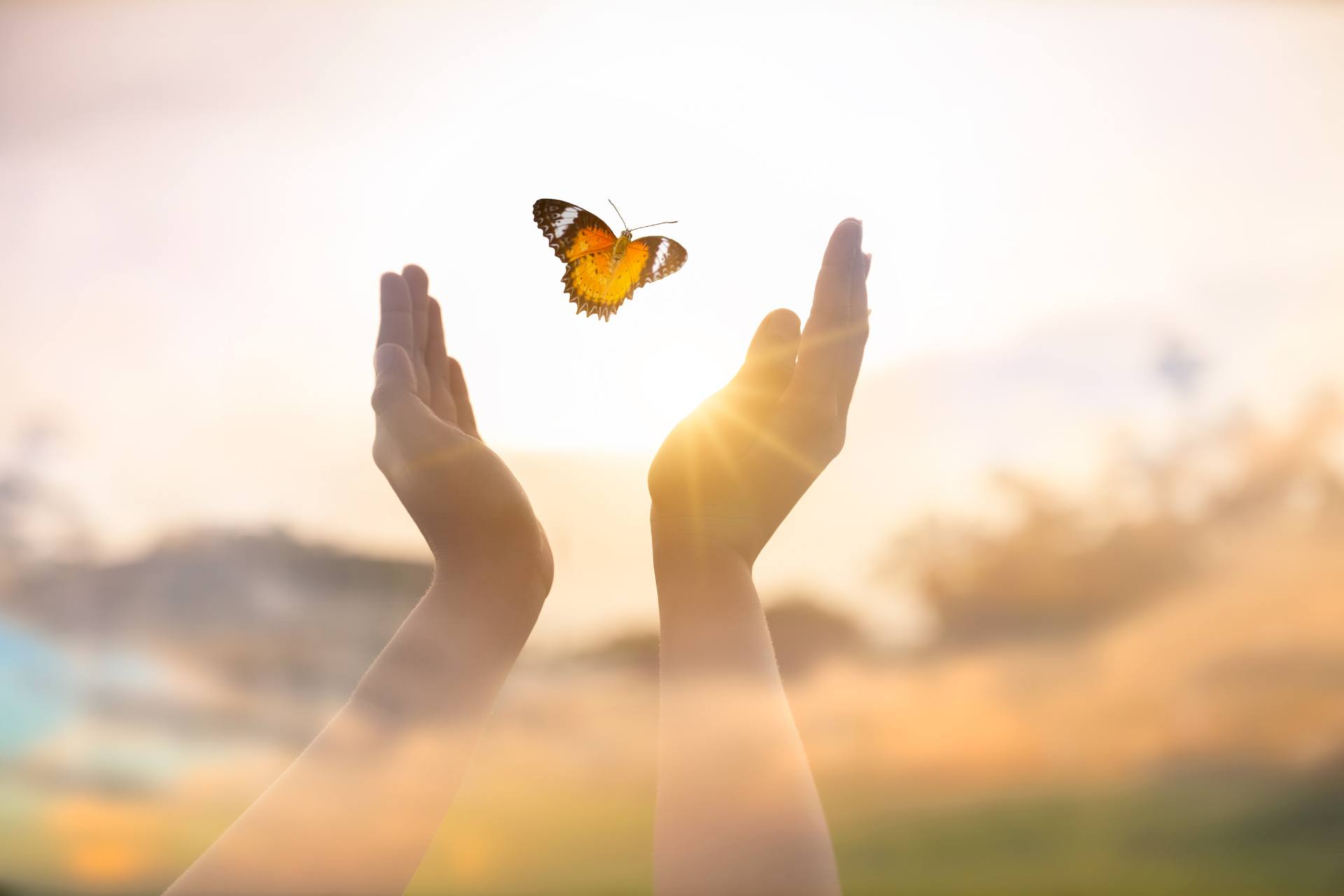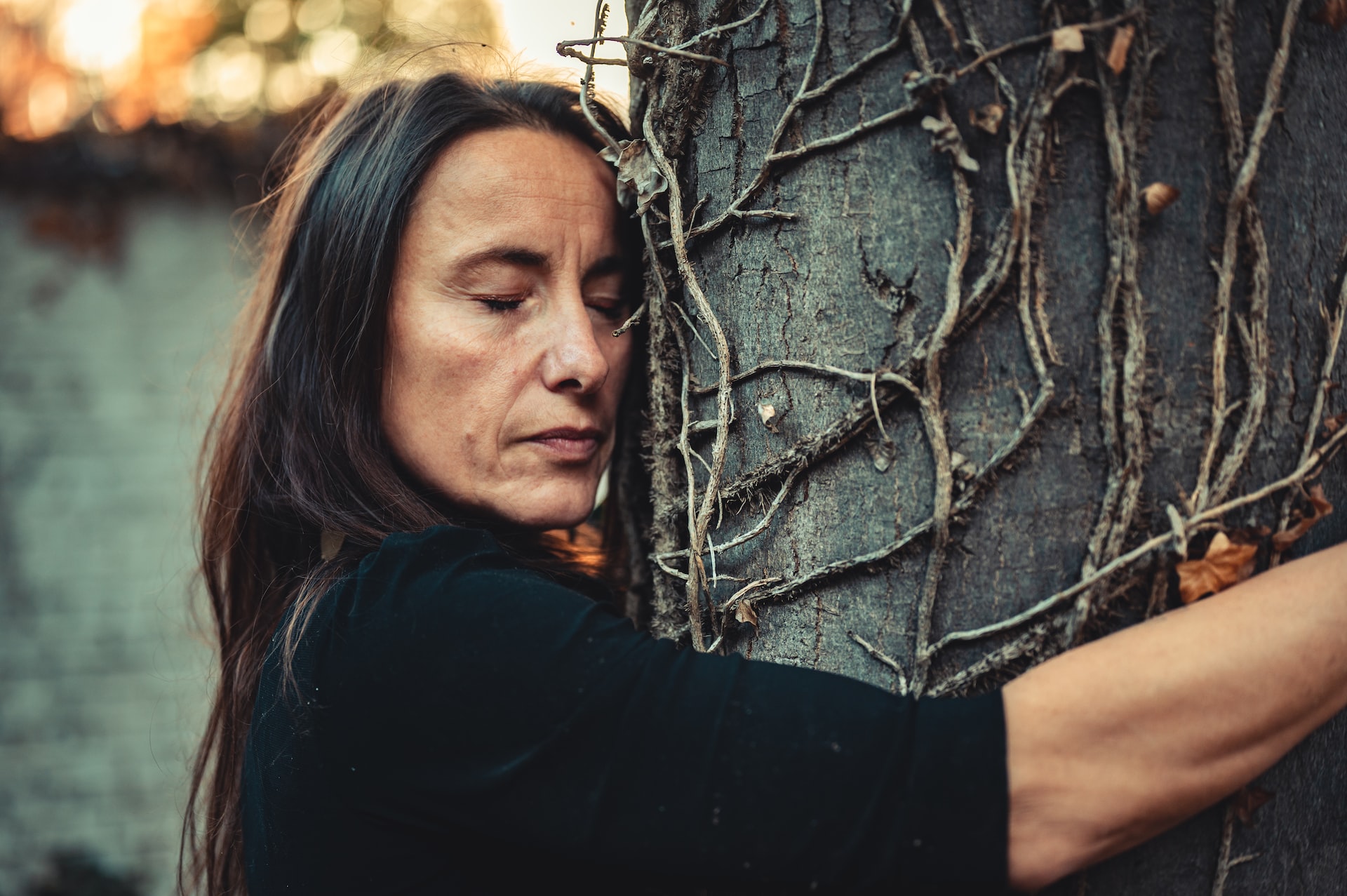While forest bathing involves getting out into nature, that doesn’t necessarily entail an energetic hike; as important as exercise is, it’s not the focus here.
Instead, forest bathing involves slowing down, strolling, stopping, and remaining mindful while observing nature. Shinrin-yoku means taking time to stop and smell the roses. Literally.
While forest bathing can be done with other people, it’s best undertaken alone. You’ll want to turn off your phone, too, ensuring your time reconnecting is undisturbed. Once you are in a forest or natural environment and your phone is switched off, you’ll want to begin your stroll.
Go slow. The point is to absorb nature through all of your senses, not simply get from point A to B. This involves slowing down to nature’s pace, which is often a lot more relaxed than what we are used to. To do this, it can help to breathe mindfully; extending the duration of your inhalation and exhalation of air, similar to meditative techniques.
As you walk, look at the forest around you. Notice the pattern of bark; the movement of the branches as they sway in the wind. Observe the textures of the ground: the carpet of dirt, vegetation, and leaves. Take a closer look at a leaf, looking at it as a child would without prior conception. Observe the activity of insects, often overlooked at our macro level, watching their behaviour without judgment or expectation.

Moving through the forest environment, try to also engage the primordial senses of touch and smell. Through these senses, we can come into literal, direct contact with nature. Go ahead and feel the texture of a rock worn smooth by the relentless flow of a stream; smell the moss growing on a tree; and if you’re feeling brave, walk barefooted for a little while, focussing on the various sensations underfoot.
Sit spot
Perhaps most importantly is to find yourself a sit spot. This is where you find a nice, secluded part of the forest to stop and sit quietly for a while, simply letting the environment wash over you. By taking a moment to become part of the environment, rather than merely passing through it, you come to experience it on a much deeper level. You may find yourself hearing birdsong previously unnoticed, or the sky overhead becomes a lot more interesting. The whole space will take on a new dimension.
Throughout your forest bath, maintain a slow, leisurely pace, with at least one stop to sit. The aim is not to get through a forest but, rather, to become part of it – for a little while at least. Try to remain mindful too. If you find your mind begins to wander to unfinished work tasks or feelings of anxiety begin to well up, refocus your attention on your breath. Allow yourself time to take a break from these things, simply being amongst nature for at least a little while. Once you return to these “problems,” you may find they appear a lot smaller than they did before your forest bath.
Where to take a forest bath
While the term shinrin-yoku translates to forest bath, almost all of the health benefits of the practice can be enjoyed in any natural environment.
Because Japan is bestrewn with forests, it makes sense for Japanese people to focus their practice in them. But that doesn’t mean someone who lives in Arizona can’t take a “forest bath” in a rocky canyon or desert, for example. The point is simply to get away from the artificial side of modern life for a while, which can be done in any of nature’s landscapes.
Forests are recommended, however, due to the sheer diversity of sights, sounds, smells, textures, and even tastes. Almost every country has a forestry commission website that can help you locate your nearest forest. In the U.S. there is the National Forest Foundation, or Forestry England, for example. While these are ideal, even visiting a park or local woodland on a lunch break would prove beneficial.



